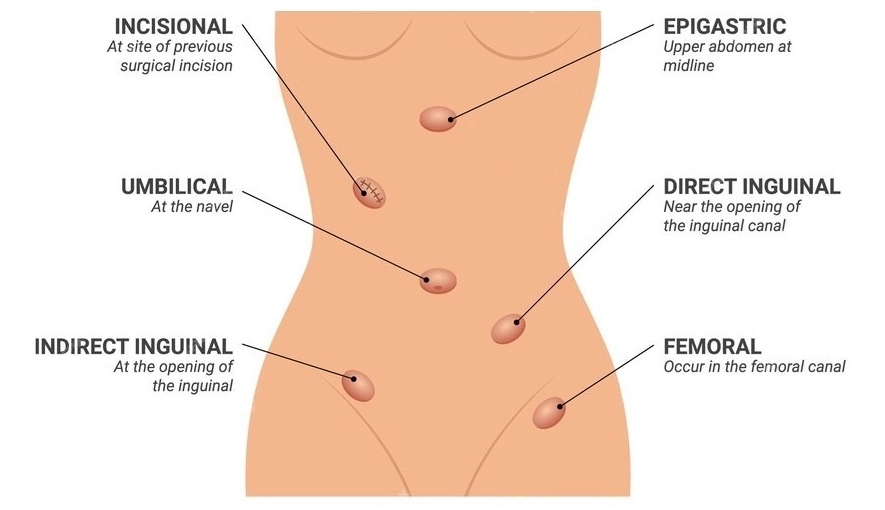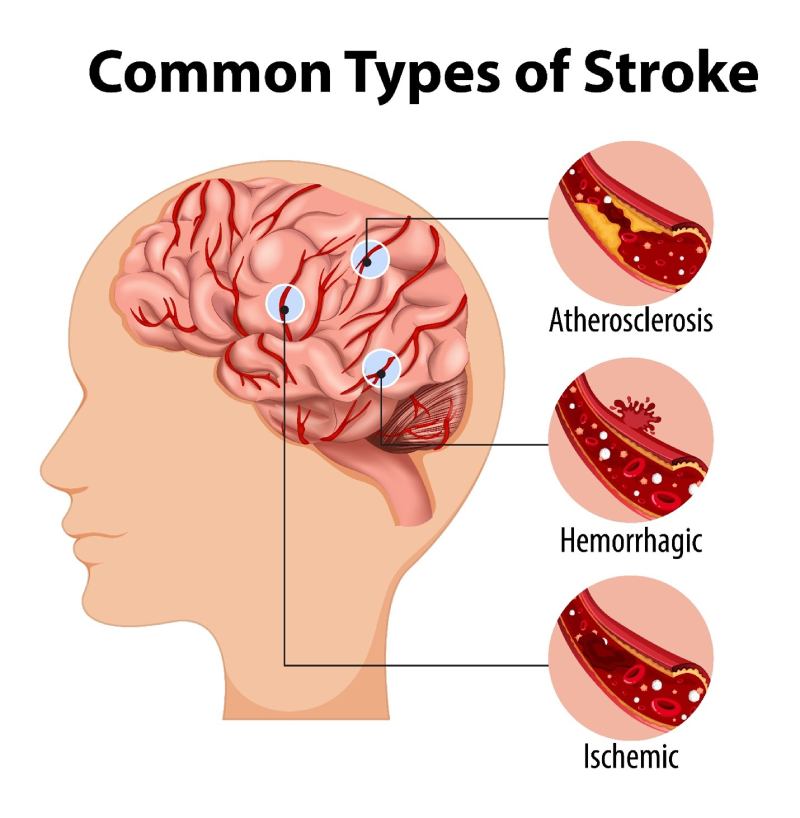Inguinal Hernia Treatment

Livefit4ever,
Medically Reviewed by Dr. Datta Ram U,
January 16, 2024

Understanding Inguinal Hernia: Causes, Symptoms, and Treatment
An inguinal hernia is a common medical condition that affects millions of people worldwide. It occurs when a portion of the intestine or abdominal tissue protrudes through a weakened area in the abdominal wall, specifically in the groin region. Inguinal hernias can cause discomfort and require medical attention. In this article, we will explore the causes, symptoms, diagnosis, and inguinal hernia treatment options for inguinal hernias.
Causes of Inguinal Hernia
Inguinal hernias often develop due to a combination of factors, including:
- Weakness in the Abdominal Wall: The abdominal wall has natural weak points, and sometimes these areas can become even weaker due to aging, genetics, or excessive strain.
- Increased Intra-abdominal Pressure: Activities that increase pressure within the abdominal cavity, such as heavy lifting, chronic coughing, or straining during bowel movements, can contribute to the development of an inguinal hernia.
- Gender and Age: Men are more prone to inguinal hernias than women. Additionally, inguinal hernia is more common in older adults, as the abdominal muscles tend to weaken with age.
Symptoms of Inguinal Hernia
The symptoms of an inguinal hernia can vary from person to person, but common signs and symptoms include:
- A noticeable bulge or swelling in the groin area, which may become more prominent when standing, coughing, or straining.
- Discomfort or pain in the groin, especially when lifting heavy objects or engaging in physical activity.
- Aching or burning sensation in the affected area.
- Pressure or heaviness in the groin.
- Occasionally, pain and swelling around the testicles in men (a condition known as a “scrotal hernia”).
Diagnosis of Inguinal Hernia
If you suspect that you may have an inguinal hernia or if you are experiencing any of the symptoms above, it’s crucial to consult a healthcare professional for a proper diagnosis. The diagnosis typically involves a physical examination, during which the doctor will feel the presence of a hernia in the groin area. In some cases, additional tests like ultrasound or imaging may be recommended to confirm the diagnosis.
Inguinal Hernia Treatment Options
The treatment approach for inguinal hernias depends on the severity of the condition and individual factors. There are two primary treatment options:
- Watchful Waiting: This is not the recommended treatment as it is difficult to predict when an inguinal hernia will get complicated. However, some elderly patients who are high-risk candidates for surgery and who have a small direct hernia with a wide defect or a bulge alone can wait and watch. This involves monitoring the hernia’s progression over time, along with lifestyle modifications to minimize discomfort. These patients are recommended to treat underlying conditions like chronic cough, constipation, and bladder emptying problems. They are advised to be under the regular follow-up care of a surgeon.
Inguinal Hernia Surgery Types
- Groin hernia Surgery: Most inguinal hernias require surgical repair to prevent potential complications. Surgery is the mainstay and the only treatment for an inguinal hernia. There are two main types of hernia repair surgeries:
- Open Hernia Repair: This traditional approach involves making an incision near the hernia site and pushing the protruding tissue back into the abdomen before reinforcing the weakened area with stitches or mesh.
- Laparoscopic Inguinal Hernia Repair: Inguinal hernias are best treated by the laparoscopic or the minimally invasive way. Bilateral hernias (hernia on both sides) can also be treated with the same incisions at the same time without any extra cut or incision. In laparoscopy, when compared to open surgery, small cuts are made, the recovery is faster as the pain is significantly less, wide area of the groin (called the Myo pectineal orifice) is reinforced and repaired with a prosthetic mesh. This is the best type of surgery for inguinal hernia.
Bottom Line
Inguinal hernias are a common surgical condition that can affect individuals of all ages and genders. It needs prompt attention and timely treatment. Doctors treat inguinal Hernia by an elective (planned) surgery rather than an emergency surgery. When it comes to inguinal hernia treatment, surgery is the mainstay of treatment and the best surgical approach is the Laparoscopic (minimally invasive) method. With this method, the recovery is faster and the patient can return to work early. It is the best inguinal hernia repair method.






